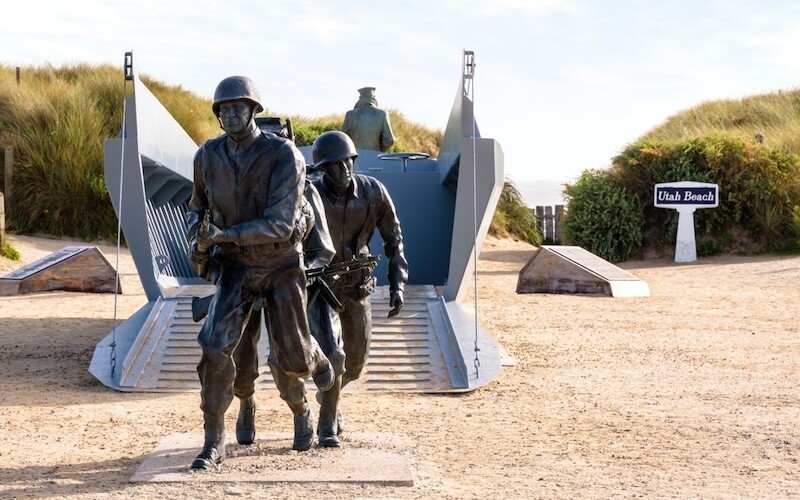On June 6, while cruising through a fresh wave of emails, I encountered the WorkBoat eNewsletter with a photo of the Army’s new landing craft at the top. The bow is amazing. They call it a tribow monohull. Meaning the forward end splits into three pointy parts. Above that a large ramp folds and unfolds.
The new landing craft is designed by BMT, a maritime design/engineering group based in Great Britain. Officially it’s a Maneuver Support Vessel (Light), even though it can pack up to 85 tons of roll-on/roll-off cargo, including tanks. The 117'x28' aluminum craft is powered by three 2,600-hp engines driving three waterjets, including a raised center jet. Top speed, laden, is 21 knots. Light, top speed is 30 knots. Loaded, the draft is only 4'. This thing is a beast (light).
Vigor got the $1 billion contract a few years ago and is now prepared to start rolling out the finished vessels. The boats are being built in Vancouver, Wash., by some 180 “family-wage” workers. Here’s hoping they can find that many who can pass the cannabis test.
June 6 was totally appropriate day to publicize the Army’s new landing craft. On June 6, 1944, hundreds of smaller landing craft known as LCVPs (Landing Craft Vehicle Personnel) hit the beaches of Normandy carrying soldiers and equipment. The boats were known as “Higgins boats” in honor of Andrew Higgins, whose company designed and built them in New Orleans. In 1964, former President Dwight Eisenhower said, “Andrew Higgins is the man who won the war for us.” The 36’3”x10’10” boats were built from wood and steel by an integrated workforce (including women) that delivered 23,398 LCVPs over the course of the war.
The National WWII Museum in New Orleans features a reproduction of a Higgins landing craft in the Louisiana Pavilion. The boat was built by volunteers, some of whom had worked at Higgins Industries during the war. The museum is well worth a visit the next time you’re in the Crescent City for the International WorkBoat Show.




